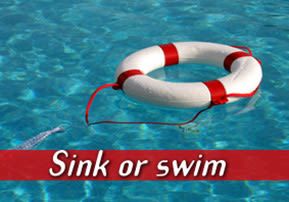
Sink or swim
As long as children believe in the concept that the water can support them with no effort, it does; as soon as they lost faith, they start to struggle and swallow water...

Right next to where I live in Israel, there is a charedi moshav – and it’s just about the coolest place I’ve ever seen. Every time I visit, I see another charedi farmer on a tractor, with his payot streaming out behind him; or riding a horse; or tending to something agricultural. Cool, cool, cool.
But perhaps the coolest thing of all is my daughter’s swimming teacher. She’s an American lady who made aliya years ago, and who teaches her swimming classes entirely in Hebrew. Even cooler, she has a pool in a barn in her backyard, and she teaches her classes wearing a snood and a housecoat.
And she is so very good at what she does – my daughter practically learnt how to swim in three lessons. I love my daughter’s swimming teacher, because she  has a wall full of certificates that any professional would be proud of, but she hasn’t let her job compromise her Judaism one iota. Maybe these things also happen outside of Israel, who knows; but I certainly never used to hear about them when I lived in chutz l’aretz.
has a wall full of certificates that any professional would be proud of, but she hasn’t let her job compromise her Judaism one iota. Maybe these things also happen outside of Israel, who knows; but I certainly never used to hear about them when I lived in chutz l’aretz.
 has a wall full of certificates that any professional would be proud of, but she hasn’t let her job compromise her Judaism one iota. Maybe these things also happen outside of Israel, who knows; but I certainly never used to hear about them when I lived in chutz l’aretz.
has a wall full of certificates that any professional would be proud of, but she hasn’t let her job compromise her Judaism one iota. Maybe these things also happen outside of Israel, who knows; but I certainly never used to hear about them when I lived in chutz l’aretz.That swimming teacher also taught me a profound life lesson, albeit inadvertently. When I was taught how to swim, I started off wearing armbands and having a float. Little by little, the armbands were taken away, and float was removed, until I had no choice but to try and swim by myself.
In goal-orientated Britain, that meant being set on one side of the pool, and told to swim the width across. If you did it – without drowning – you’d get a yellow stripe. You’d get a red stripe for two widths, and a white stripe for doing a length.
The key here is to ‘not drown’. It wasn’t easy. I remember furiously dog-paddling across the width of that pool, feeling like I simply couldn’t stay afloat for a second longer. But somehow I did. I guess my pride – and pleasing my teachers and parents – was at stake.
As I progressed through school, the distances got more and more challenging. 100 metres; 200 metres; 500 metres, all the way up to a mile. I swam a mile when I was 13, in my secondary school’s private pool, where every few months they would have their ‘mile-a-thons’.
But strangely, I never enjoyed swimming. I always had the sense that if I stopped moving around for a second, I’d sink – even as an athletically fit, mile-swimming teenager. It was an enormous effort; it was risky; it was hard work. Fun and relaxing, it wasn’t.
So it was a complete revelation to see how my youngest is being taught to swim. The first thing she was shown was how to float on her back in the water, like a sort of upside down starfish.
The teacher kept saying to the students that all they had to do was keep their chins up, not move, and believe that the water could and would support them, and if they did that, it would.
It was so interesting to watch. For as long as a child believed in the concept that the water could support them with no effort from them, it did. As soon as they lost faith, their chins went down, their stomachs dropped – and they started to struggle and swallow water.
“You have to believe it will work!” the swimming teacher kept saying. And that’s when it struck me, that Hashem was really showing me a ‘mashaal’ or allegory for life, and life in Israel in particular.
The western way is to kick and struggle, and to set aimless, exhausting ‘goals’ for ourselves. We are taught that if we stop struggling for a minute, we’ll sink. And the way we’ve been taught to do things – with all the false ‘crutches’ and false floats – that’s exactly what happens.
But it doesn’t have to be that way. What I learnt in that backyard barn pool is that if we start off the ‘right way’ – with emuna – then instead of fighting and struggling all the time, we actually learn to work with the water, and to not just kick against it.
Once all the worry about ‘sinking’ disappears, the whole process becomes so much more fun and enjoyable. It stops being about ‘sinking or swimming’ and turns into a choice between ‘floating along enjoyably by ourselves’ and ‘getting somewhere a bit faster with the minimum of effort’. What a difference!
And it applies to almost everything you care to mention, from making parnassa, to raising children, to making aliya, or improving our avodat Hashem.
My daughter now has no fear of the water; she has learnt the basics of swimming in record time; and she really enjoys being in the pool. Even though I learnt to swim at a much earlier age, and in a much more ‘formal’ way, to this day, I don’t like to do it very much.
Because sooner or later, even the strongest swimmer gets tired. Sooner or later, if a person never learnt to let go, and to have emuna that Hashem will continue to keep them afloat with no real effort from them at all, they either have to stop, or they sink.
How many times have we seen this in our own lives? How many people have we watched burn out in the workplace? How many people in their twenties and thirties are already dreaming of early retirement – when they finally get to ‘stop swimming’? How many of us are struggling to stay afloat in our every day lives, and feeling more and more exhausted and debilitated from all the apparent effort required? We scrabble around, looking for something external to try and keep us up, like the pills, the shrinks, the insurance policies…
But the solution – the only solution – is to go back to basics, and to unlearn all the unhelpful things we were taught growing up. We have to learn emuna, and we have to trust that if we let go, Hashem will continue to support us.
It takes quite a bit of practise. But it’s the difference between floating through life in a happy, relaxed way, or believing that every second is life-or-death, sink-or-swim. And when every second is sink-or-swim, no-one wants to stay in the pool for long.


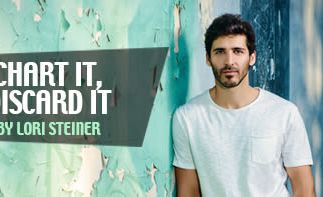
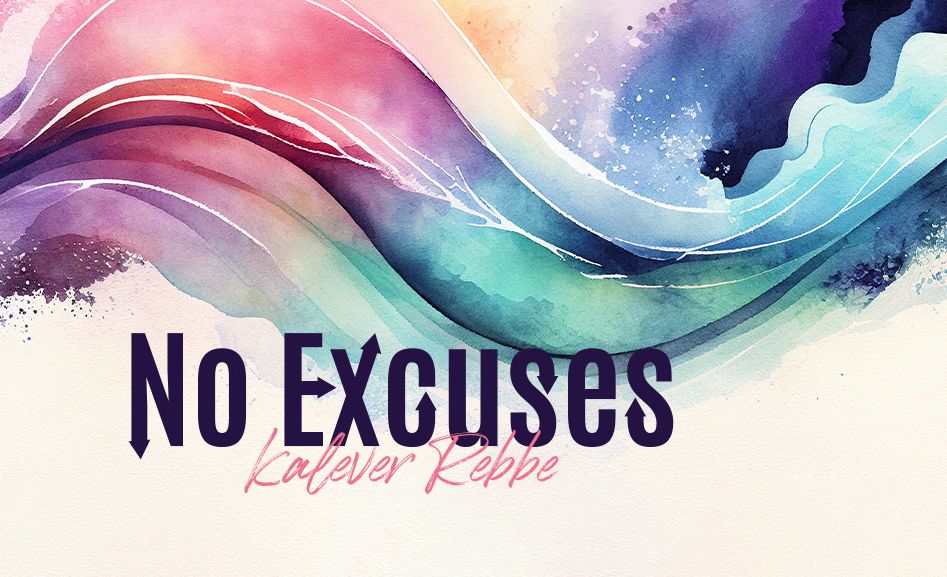

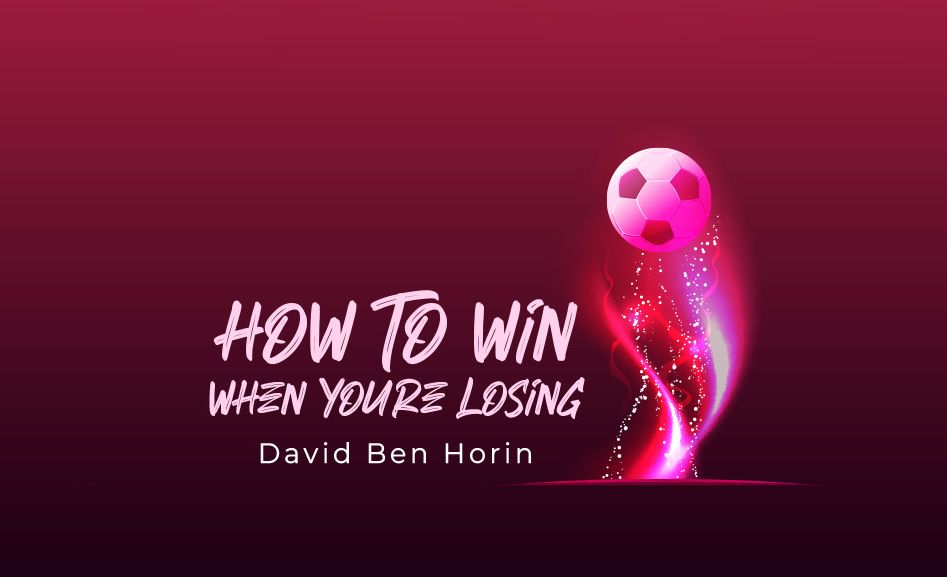

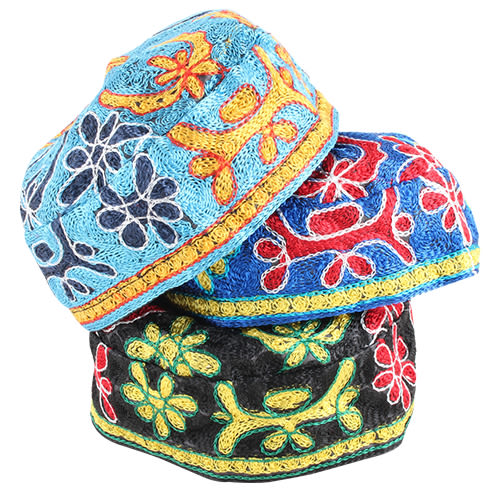


Tell us what you think!
Thank you for your comment!
It will be published after approval by the Editor.